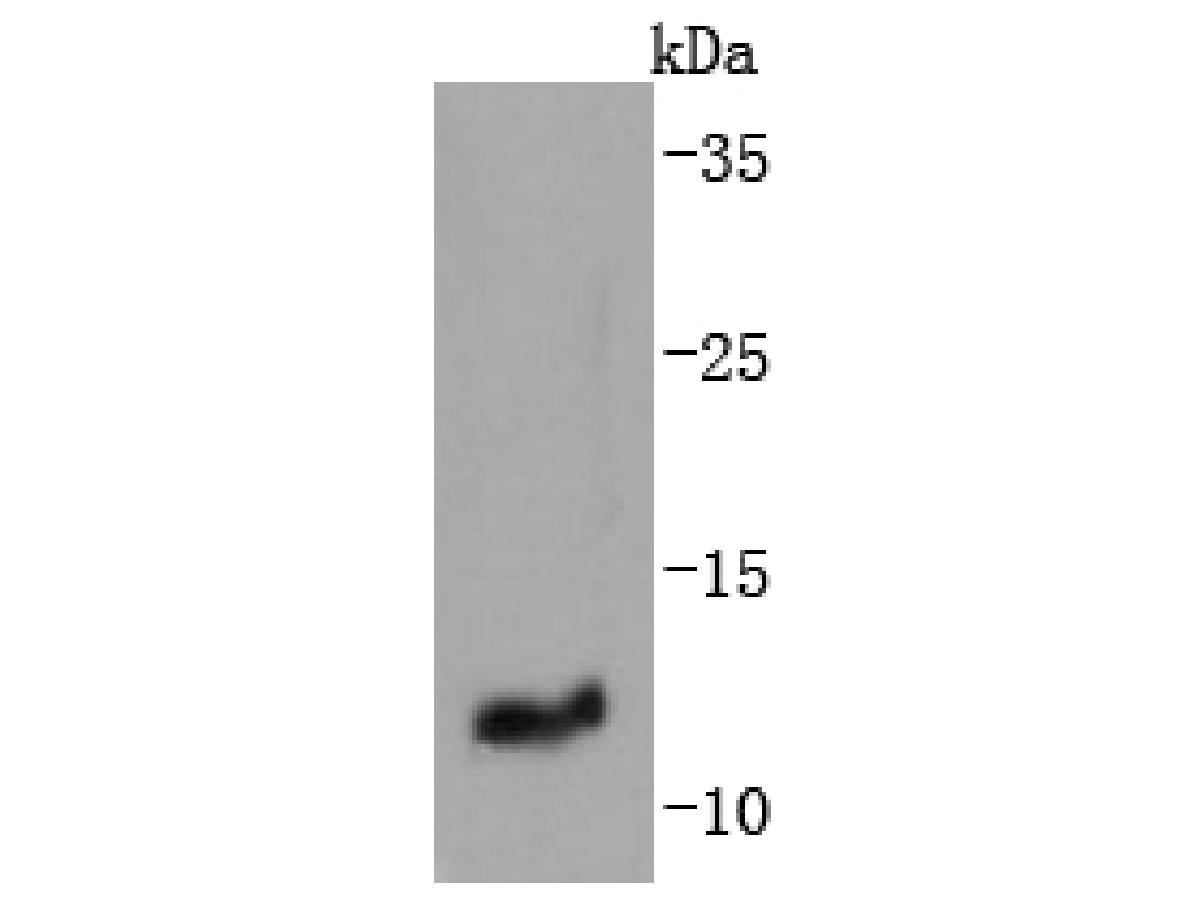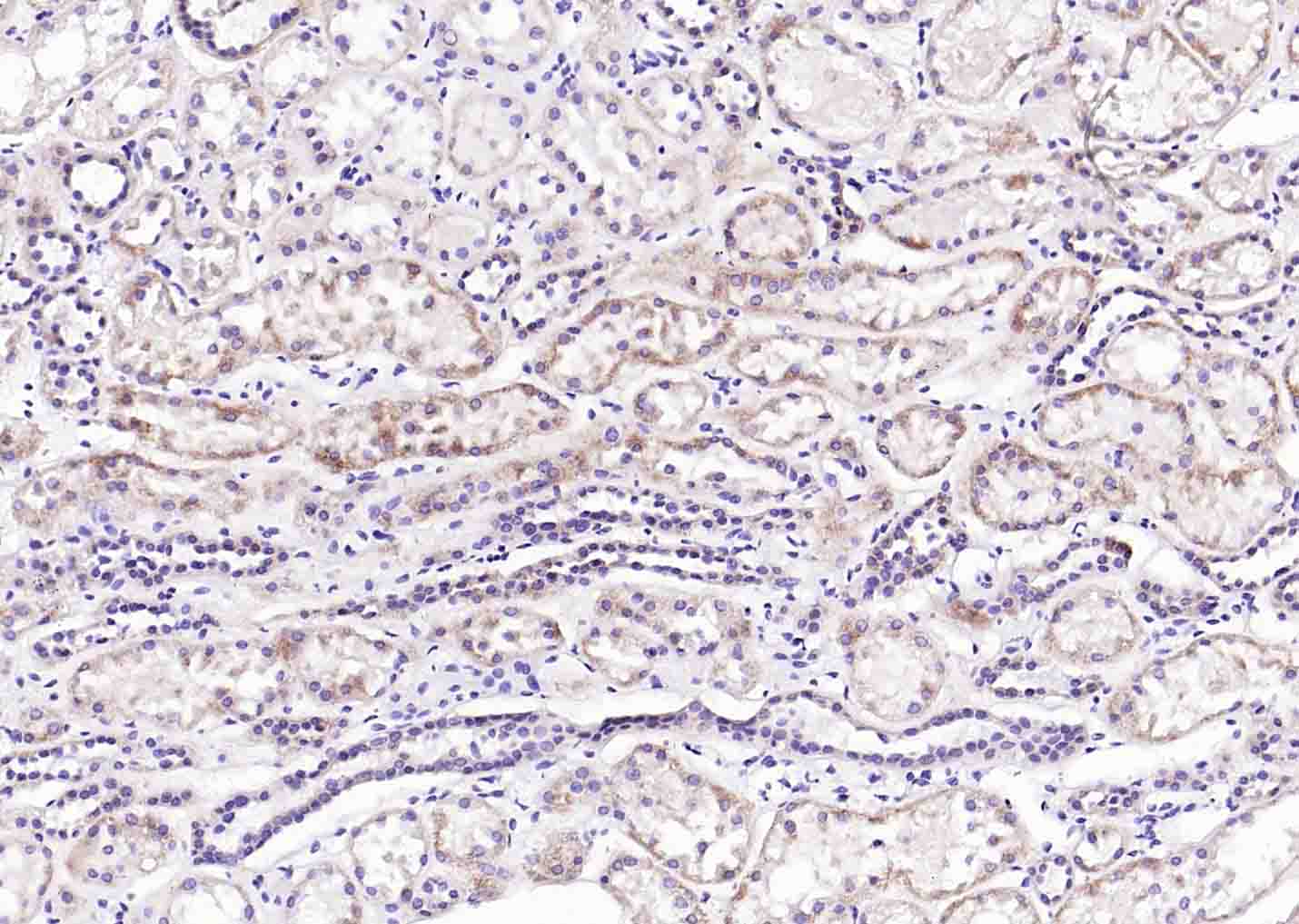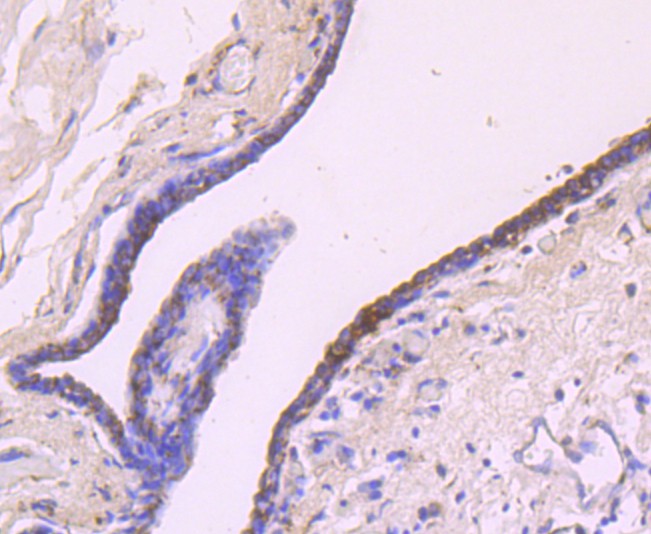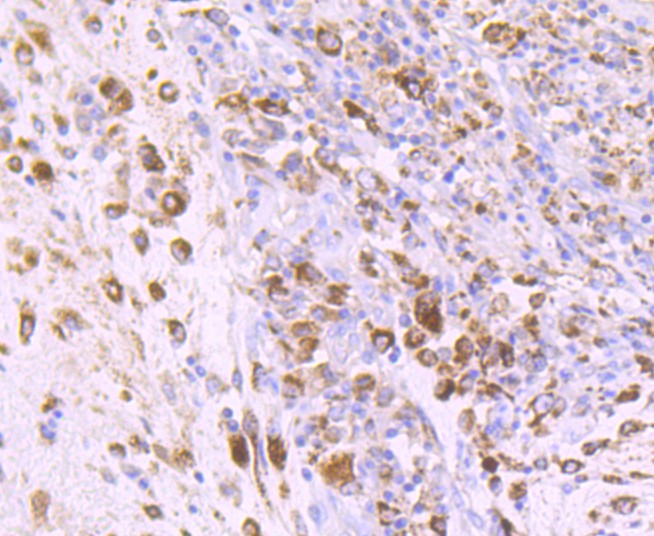sales@bioss.com.cn
techsupport@bioss.com.cn
400-901-9800
Host: Rabbit
Target Protein: IGF2 Recombinant Rabbit mAb
IR: Immunogen Range:25-121 /180
Clonality:
Isotype: IgG
Entrez Gene: 3481
Swiss Prot: P01344
Source: Recombinant human IGF2 protein:25-121 /180
Purification: affinity purified by Protein A
Storage: 0.01M TBS (pH7.4) with 1% BSA, 0.02% Proclin300 and 50% Glycerol. Shipped at 4℃. Store at -20℃ for one year. Avoid repeated freeze/thaw cycles.
Background: The IGF2 gene encodes a member of the insulin family of polypeptide growth factors that is involved in development and growth. It is expressed only from the paternally inherited allele and is an imprinted gene which is a candidate gene for eating disorders. There is a read-through, INS-IGF2, which aligns to this gene at the 3' region and to the upstream INS gene at the 5' region. Two alternatively spliced transcript variants encoding the same protein have been found for this gene. Insulin Like Growth Factor-2 (IGF-2) is a polypeptide growth factor, which stimulates the proliferation of a wide range of cell types.
Size: 100ul
Concentration: 1mg/ml
Applications: WB=1:1000,IHC-P=1:100-500,IHC-F=1:400-800,IF=1:100-500
Cross Reactive Species: Human
For research use only. Not intended for diagnostic or therapeutic use.




